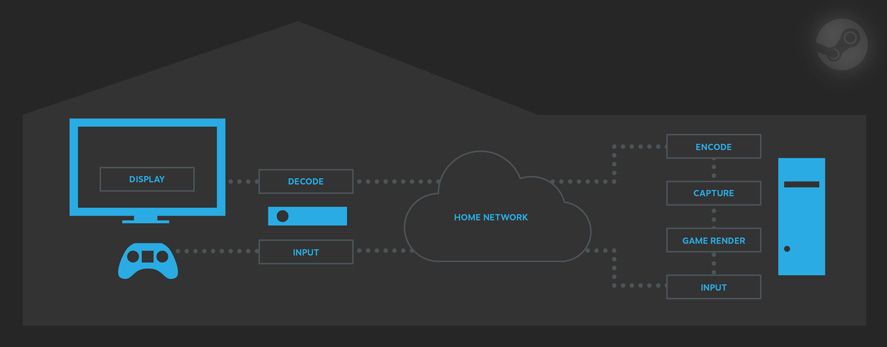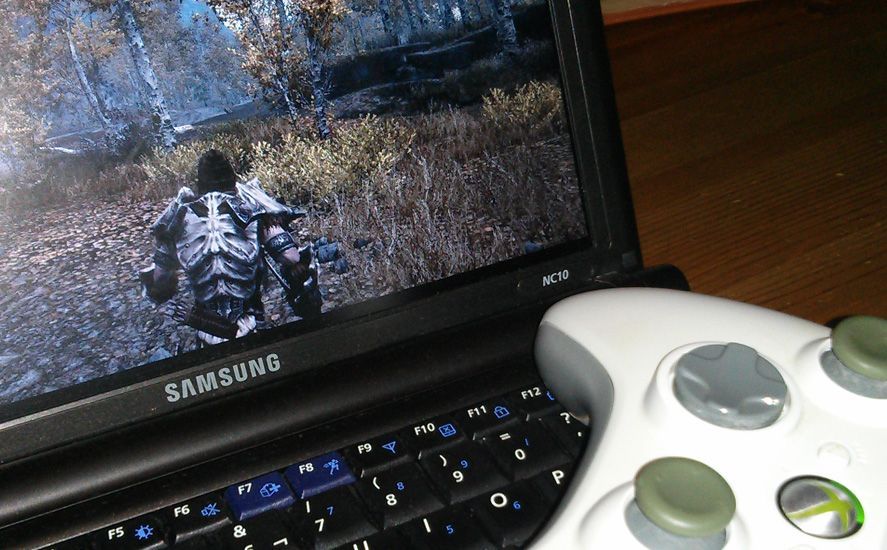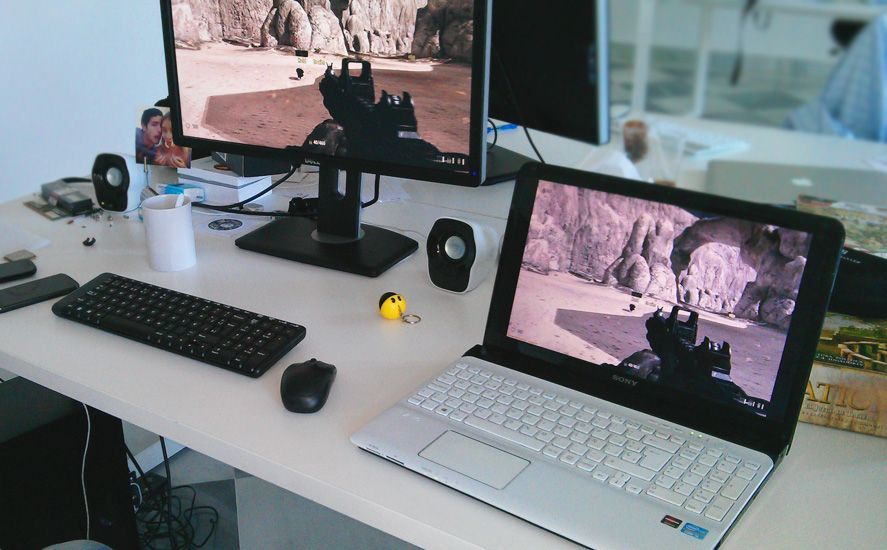The Steam service has just launched a new feature to further expand the platform’s flexibility when it comes to gaming comfortably. In-Home Streaming allows you to connect two computers so that if you log in on both with your Steam details, you can play the titles in your catalogue remotely by using a remote computer as a server, even if you don’t have the game installed on both machines.
How does the remote connection work?
To associate two computers so they allow this possibility, you just have to have Steam installed on both and be logged in to your account. The only requirement to think about is that the computer that operates as a server has to run on Windows. This will be the one that runs the games and emits the broadcast stream, meaning you’ll have to install the games on it.
In turn, the remote machine will act in sync and its management will be much more flexible, so that you can use it regardless of which operating system you have installed, whether it be Windows, Mac OS X, or any Linux distribution compatible with the Steam client. You don’t have to install the games on this computer, and when you log in to the catalogue you’ll see that you can run all of the ones installed on the remote machine. The only difference is that instead of pressing “Play” on the start button, you’ll press “Retransmit.”

Depending on the nature of each game, it might be necessary to first start the game on the server machine and then connect to the remote broadcast, although in most cases this won’t be necessary and you can run it directly from the remote computer. In fact, from the client machine it’s possible to do any action within Steam and the changes made will be effective on both machines, whether it be installing or uninstalling games, purchasing new titles, or modifying any settings.
We can control the game using both the peripherals of the original machine as well as those of the remote one, so that the entry instructions are sent to the server machine at the same time as it broadcasts the stream based on your movements. The beauty of the process is that the delay is minimal.
What tools does it have?
Whatever you can think of! Its flexibility in connecting different types of computers means you can adapt the In-Home Streaming service to your own needs. One of the most obvious uses is as a low-cost home console. Imagine you have your desktop PC in a bedroom but you want to enjoy your catalogue on your living-room television. With a medium-range PC you can receive the game broadcast and play it on the TV by connecting it with a VGA or HDMI cable.

Or even better, you can game in teams with Linux or Mac OS X with titles that are only available on Windows and are very complicated to virtualize on other operating systems. In fact, we’ve done several tests to check the operation of In-Home Streaming: to test the most extreme case, we’ve used a medium-range desktop computer as a client and a 2008 netbook running Steam on the Lubuntu distribution. The result after running Skyrim and streaming via a WiFi network could not be more surprising.
Taking into account the low specs of the netbook and the fact that the connection was not made with a cable, the average speed of answer between one machine and the other was practically 1:1. Steam automatically manages the available bandwidth and adapts the stream quality, meaning that we got some slow decode/slow capture messages in the lower left part of the screen and every few seconds the gamepad commands went a bit wonky, but we’re talking here about the worst case you could possibly imagine!
The streaming also depends on how the game itself manages the network protocols. Thus, using a desktop computer and a midrange laptop can yield highly variable results: Serious Sam 3 has lots of sync and control problems, while with Spelunky it’s practically impossible to distinguish between a real-time renderization and a remote broadcast.

But let’s take this a step further. We’ve already seen before that it’s possible to run any external app from Steam, whether it’s a videogame or not. In fact, we’ve tried running Diablo III from Steam, so that besides the Valve platform, Battle.Net and its own network protocols will also load, as well as the constant flow of data traffic from the game. Even with all this you can still play without problems.
Obviously, in very few cases will you be able to manage a clean broadcast at 1080p and 60FPS without both computers being powerful and the network connection completely freed up, but as seen above, almost any combination of machines can give you a quality gaming experience via streaming, something that few other attempts have achieved in the current explosion of cloud gaming.












[…] a similar experience but for casting streams from one PC to another less powerful one, Steam has its own In-Home Streaming system that requires no external hardware to run, just like what happens with Steam […]
[…] for similar experience but instead want to cast a livestream from a PC to a less powerful PC, Steam has its own In-Home Streaming system, which does not require any external hardware to function, unlike Steam […]